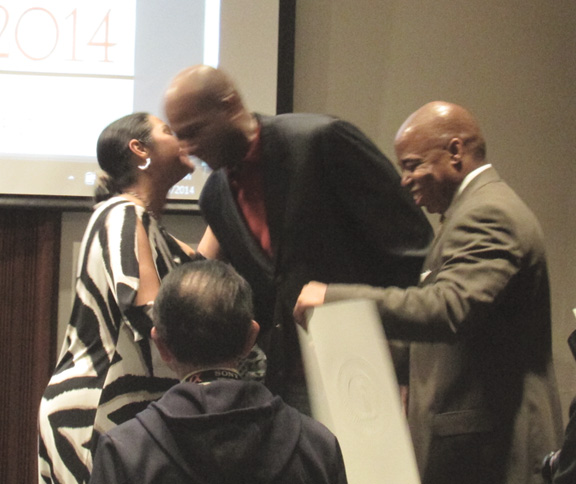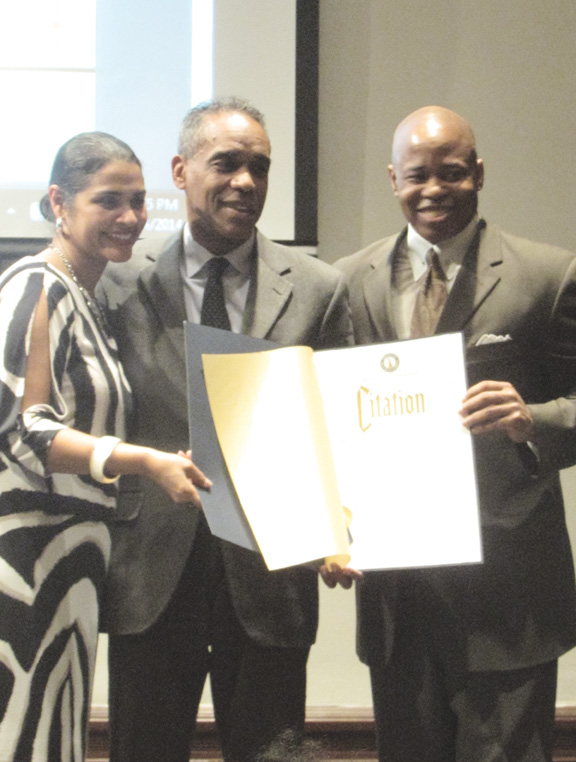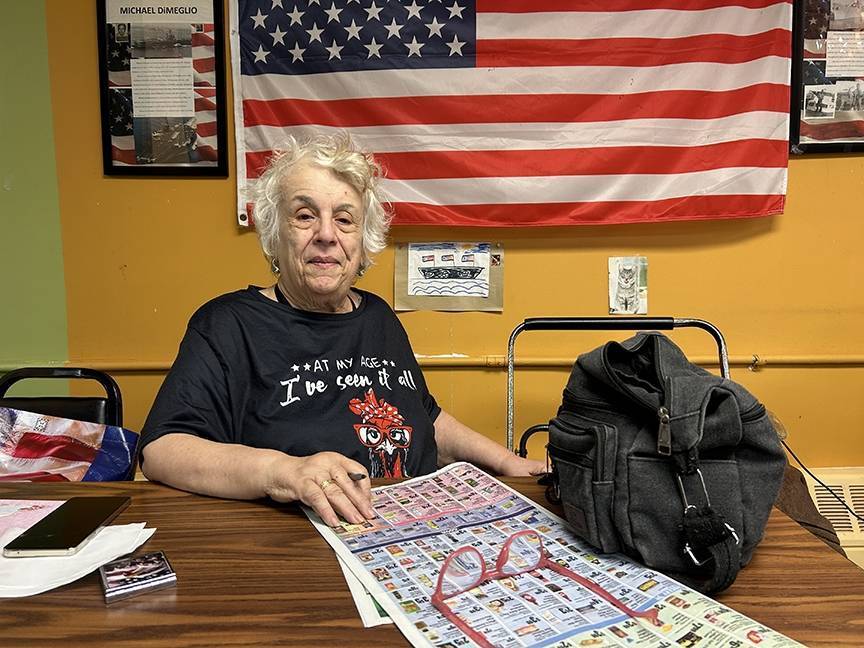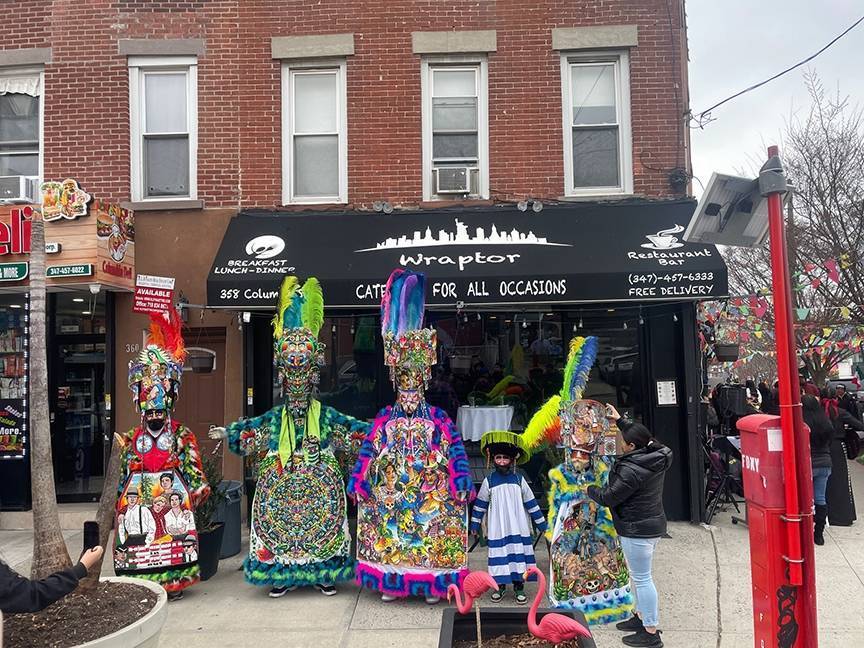Black History Month originally began as “Negro History Week” the second week of February in 1926 because it coincided with the birthdays of both Abraham Lincoln, (February 12) and Frederick Douglass (February 14.)Both historic men had been celebrated for their contributions to the black community since the late 19th century.
Historian, Carter G. Woodson announced the initiative, saying, “If a race has no history, it has no worthwhile tradition, it becomes a negligible factor in the thought of the world, and it stands in danger of being exterminated.”

Negro History Week was first embraced by Departments of Education North Carolina, Delaware, Washington D.C., Baltimore and West Virginia. The intention was to encourage the teaching of American blacks in public schools across the country.
In February 1969, the leaders of Black United Students at Kent State University proposed an expansion of Black History Week. The first Black History Month was celebrated at Kent State one year later in 1970.
The US government embraced the expansion in 1976 during the Bicentennial. President Gerald Ford urged Americans to “seize the opportunity to honor the too-often neglected accomplishments of black Americans in every area of endeavor throughout our history.”
Although celebrating American black history was not always a popular notion, today it is widely embraced. In the 21st century, we honor not only our black ancestors, but also black heroes and leaders who are making a difference in the lives of others today.
On February 24, Borough President, Eric Adams held the first annual Black history Month Celebration of Brooklyn at the Brooklyn Historical Society (BHS). Adams is Brooklyn’s first black Borough President.”
The ceremony gave special recognition to three organizations for the exhibit on display at BHS, “In Pursuit of Freedom.” The partners included Weeksville Heritage Center, BHS, and the Irondale Ensemble Project.
Thirty-three community honorees were awarded citations form the Borough’s office for outstanding contributions to the black communities of Brooklyn.
The Christian Cultural Center Performing Arts Ministry performed both the opening and closing songs for the ceremony. Sandra Chapman, former Deputy Borough President under Marty Markowitz, opened the ceremony, and introduced Adams.
After brief remarks by Adams, he introduced Assemblyman Walter Mosley. “Black History is American History; American History is Black History,” Mosley said.
Latitia “Tish” James is the first black Public Advocate to hold the position. She spoke about the accomplishments of her race. She referenced Eric Adams’ background as a police officer; District Attorney, Ken Adams, who grew up in public housing; and her own mother who “once scrubbed floors.” She added, “We started from the bottom, and now we are here.”
Adams spoke about the presence of minorities in Brooklyn, noting that 47% of Brooklyn speaks a language other than English at home. He encouraged communities to celebrate the culture and diversity of Brooklyn and the nation. He called for an “army of volunteers” to help the children of Brooklyn compete on a global level and become “global leaders.”
Before the presentation of awards, Adams asked his guests to “take a moment to reflect on someone who has paved the way.
Diana Reyna, Deputy Borough President, assisted Adams in awarding citations from the borough office. She poignantly stated, “We are all in this together. Thank you for what you do.”

Two members of our local community were among the community honorees: Reg Flowers, of Falconworks Artists Group; and Milton Puryear of Brooklyn Greenway Initiative (BGI).
Flowers was honored for his work with Falconworks, a company that gives a voice to civic engagement and provides avenues for social change through theater. Projects range from youth writing and producing their work to classic scripts that mirror current controversies in local society.
Puryear is cofounder of BGI, an organization working to promote a greener, safer and more-bike accessible Brooklyn. BGI has been working with the city since 2004 to create and maintain the 14 mile Brooklyn Waterfront Greenway. BGI also promotes non-motorized transportation opportunities to connect waterfront communities.
Prior to his work with BGI, Puryear was the Project Manager for the creation of the Mill River Park and Greenway in Stamford, Connecticut.
Following the ceremony, guests were invited to Borough Hall for a reception. Doc D’s Desserts and Sugarhill Disco & Restaurant provided the refreshment.








